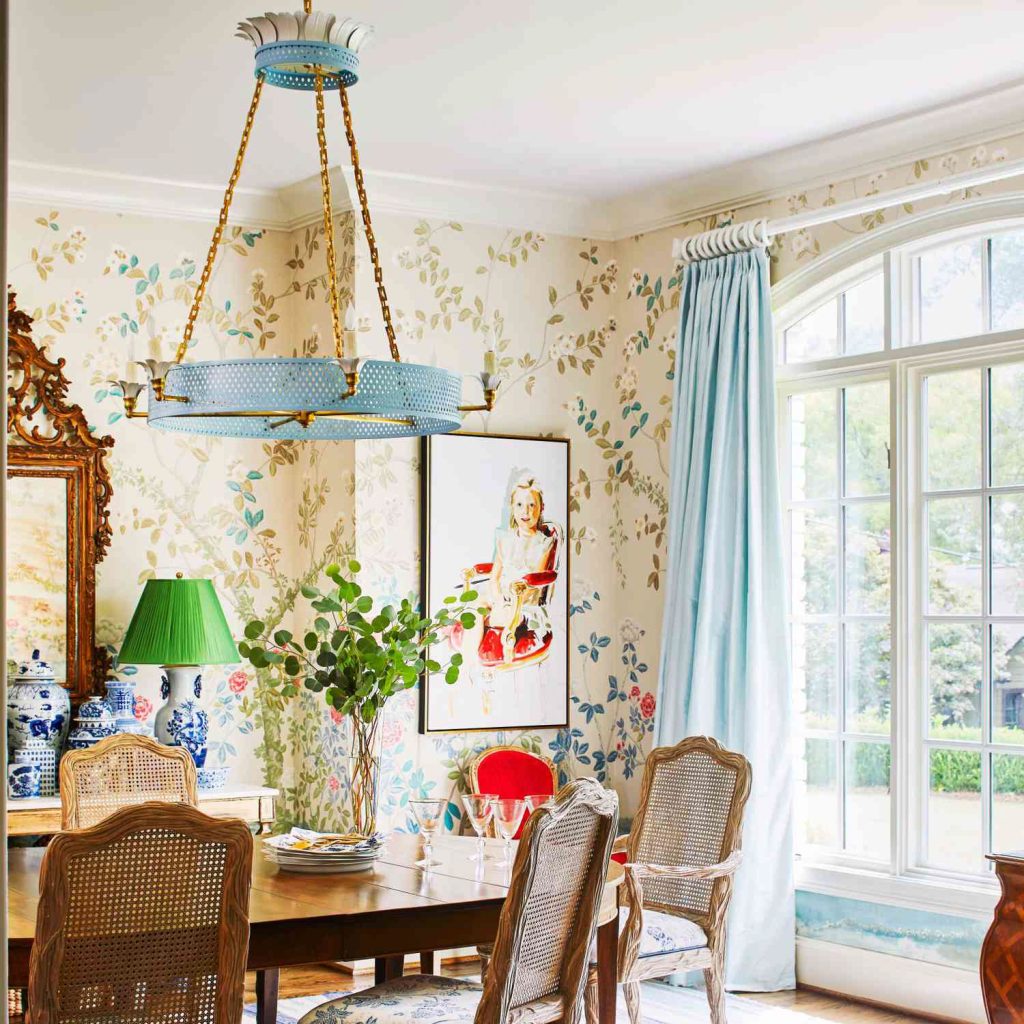What You Need to Know About Pop Ceiling Design

Introduction
Pop ceiling design, also known as false ceiling design, is a popular interior design trend that has been gaining traction in recent years. It involves creating a secondary ceiling below the primary one, in order to enhance the aesthetics of a room while concealing unsightly fixtures and wires. Pop ceiling designs can range from simple and minimalistic to intricate and ornate, and can be customized to suit a variety of different styles.
The Benefits of Pop Ceiling Design
One of the main benefits of pop ceiling design is its ability to transform the look and feel of a room without the need for major renovations. A well-designed pop ceiling can make a space appear larger, brighter, and more modern, while also serving practical purposes such as sound-proofing and insulation. Additionally, pop ceiling designs can be customized to suit a variety of different styles, from sleek and contemporary to classic and traditional.
Types of Pop Ceiling Design
There are numerous types of pop ceiling design, ranging from simple and functional to complex and intricate. Some of the most popular pop ceiling designs include:
1. Cove Ceiling Design
A cove ceiling is a type of pop ceiling design that features a curved, concave shape that creates a subtle, elegant curve along the edges of the ceiling. Cove ceilings are often used in formal settings such as dining rooms or living rooms, and can be combined with other design elements such as chandeliers or recessed lighting to create a dramatic effect.
2. Drop or Suspended Ceiling Design
A drop or suspended ceiling is a type of pop ceiling design that involves hanging a secondary ceiling below the primary one, creating a recessed area that can be used to house lighting fixtures or conceal wires and pipes. Drop ceilings are often used in commercial settings such as offices or retail spaces, but can also be effective in residential settings such as basements or home theaters.
3. False Beam Ceiling Design
A false beam ceiling is a type of pop ceiling design that involves creating the appearance of exposed structural beams, even if there are no actual beams present. False beam ceilings can be used to add rustic charm to a space, and can be combined with other design elements such as wood paneling or brick walls to create a cozy, inviting atmosphere.
How to Choose the Right Pop Ceiling Design
When choosing a pop ceiling design, there are several factors to consider. These include the style and overall aesthetic of the room, the purpose of the space, and the homeowner’s personal preferences. Some tips to help choose the right pop ceiling design include:
1. Consider the Room’s Style
The pop ceiling design should be cohesive with the existing style and aesthetic of the room. For example, a modern home may benefit from a sleek and minimalistic drop ceiling, while a traditional home may require a more ornate and elaborate design.
2. Think About the Purpose of the Space
The pop ceiling design should also take into account the purpose of the space. For example, a home theater may require a drop ceiling with recessed lighting to create a cinematic atmosphere, while a home office may benefit from a false beam ceiling to add warmth and character.
3. Incorporate Personal Preferences
Ultimately, the pop ceiling design should reflect the homeowner’s personal preferences and taste. Whether it’s a bold and dramatic cove ceiling or a cozy and rustic false beam ceiling, the design should make the homeowner feel comfortable and at home.




